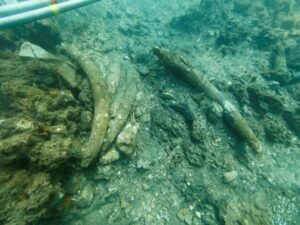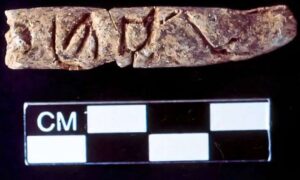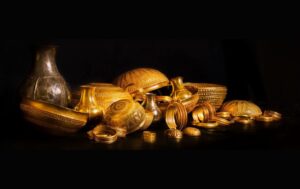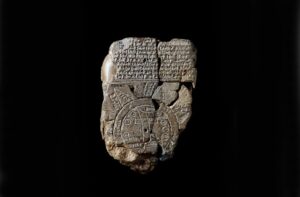Archaeologists have discovered a 3,500-year-old cemetery in Egypt. It held several sarcophagi and many burial items, including a Book of the Dead on papyrus.
Book of the Dead
The Book of the Dead is the modern name for a series of spells that Egyptians used to help reach the afterlife. Not every book contained the same information. Depending on how much money the deceased person or their relatives spent, the books could contain different spells and be personalized with the name of the individual.
The spells ranged from how to maintain your spirit and heart after death, to protective utterances against the demons, gods, and animals that someone might encounter in the afterlife. Archaeologists have never found a Book of the Dead with a complete set of chapters.

Many coffins and mummies were well-preserved. Photo: Egyptian Ministry of Tourism and Antiquities
The papyrus is long, measuring between 13 and 15 meters, and is still in good condition. Though the ancient Egyptians regularly buried papyrus books beside the deceased, it is incredibly rare to find them in their original burial place.
The team has been excavating the site at Tuna al-Gebal for six years but only recently discovered the graveyard. The team has not released any details about the spells the book contains or precisely who it was buried with.
“If it’s that long and well-preserved, [then it’s] certainly a great and interesting find,” Lara Weiss from the Roemer and Pelizaeus Museum in Germany told Live Science.

Opening one of the coffins. Photo: Egyptian Ministry of Tourism and Antiquities
Hundreds of archaeological finds
A statement from the Egyptian Ministry of Tourism and Antiquities confirmed that the cemetery is from the New Kingdom, which dates between the 11th and 16th centuries BC. It mentions “hundreds of archaeological finds, including amulets, ornaments, and stone and wooden coffins containing mummies…the wooden [coffins] are in human shapes, some of which are engraved and colored. Inside are mummies in a good state of preservation.”
A number of the mummies were identifiable thanks to legible engravings on the coffins. The remains include those of a supervisor of the Temple of Amun, the daughter of the temple’s high priest, and a temple musician.

Canopic jars. Photo: Egyptian Ministry of Tourism and Antiquities
Other finds include canopic jars and stone sarcophagi. The canopic jars were in a wooden box next to the coffin of the high priest’s daughter. People used the urns to hold organs from embalmed bodies. Ancient Egyptians would have placed wooden coffins inside a stone sarcophagus to help preserve them.
Further excavations and analysis of the burial items are underway.






